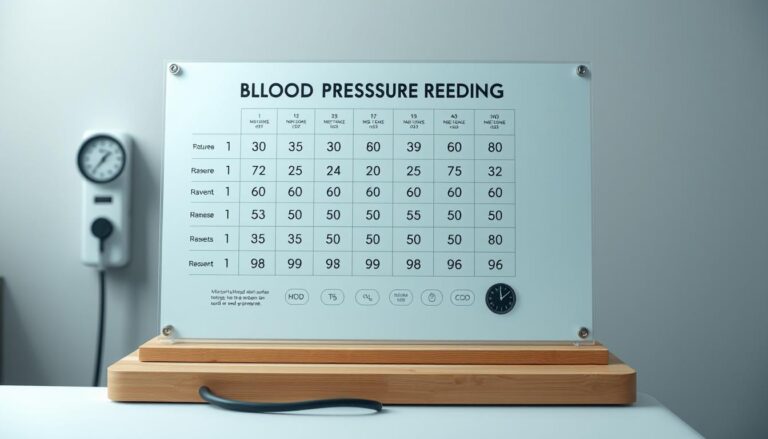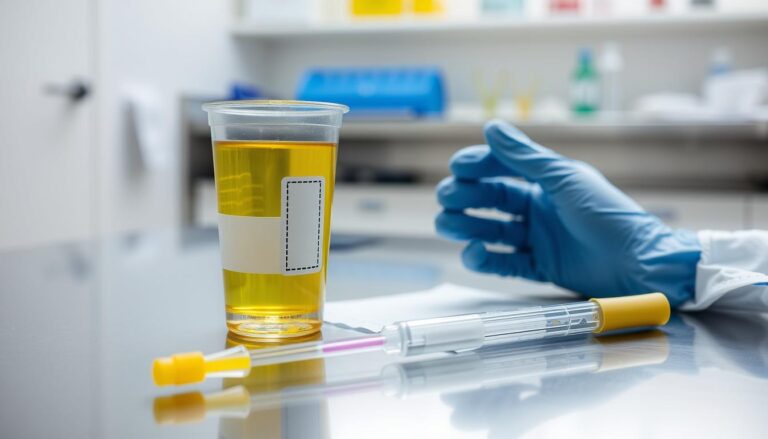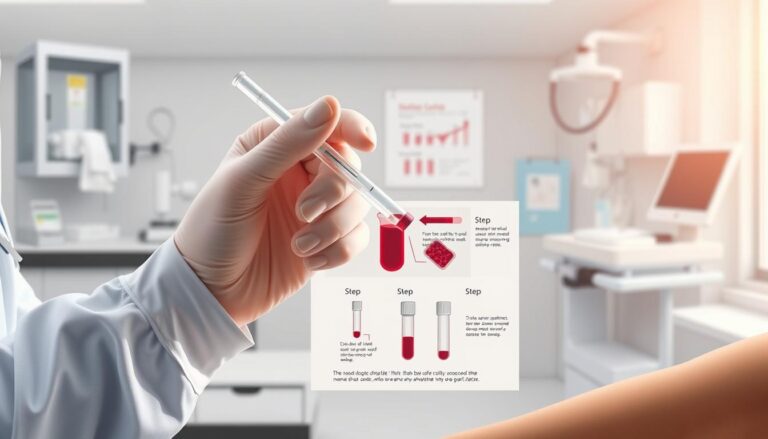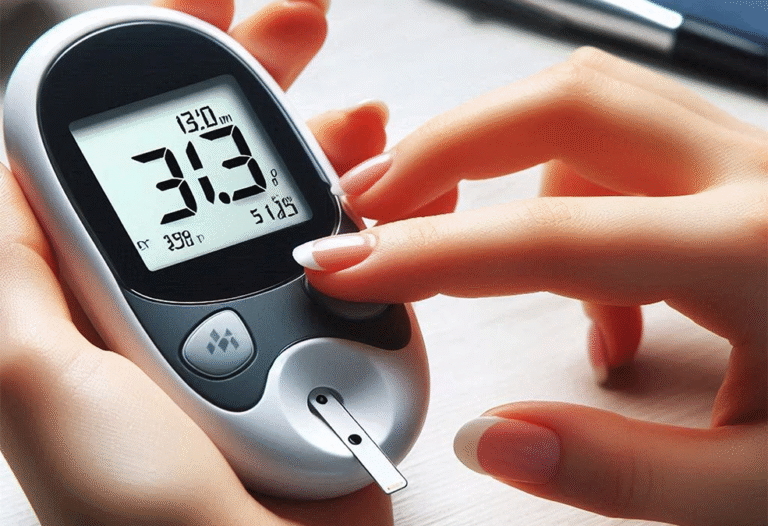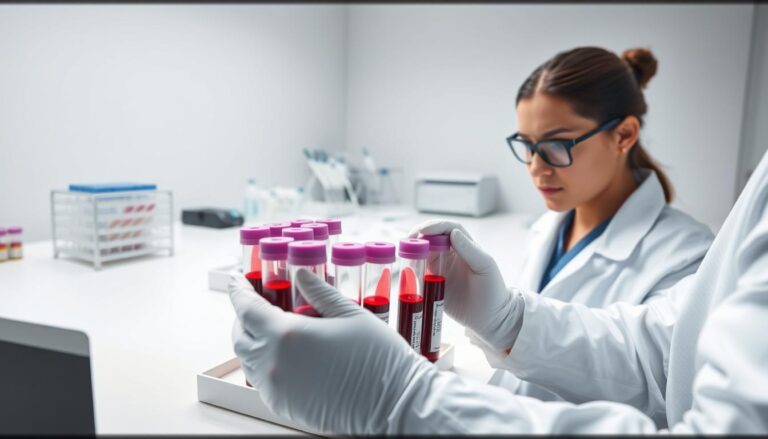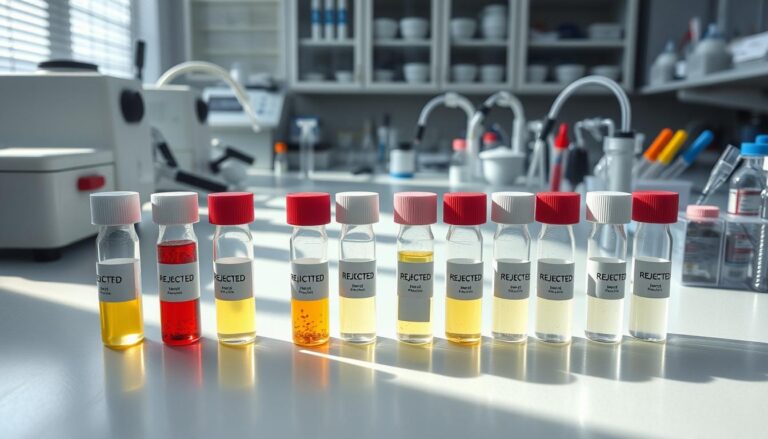Best Clothing Choices for Easy Sample Collection
We’ve all felt that moment of uncertainty before a medical appointment. Will the process be quick? Could something go wrong? For many, even routine tests stir quiet anxieties. But what if a simple choice—like what you wear—could turn tension into calm?
Your wardrobe plays a surprising role in healthcare visits. Loose sleeves or breathable fabrics aren’t just about personal preference—they help professionals work efficiently. Imagine avoiding rolled-up sleeves or awkward adjustments during your test. That’s the power of thoughtful preparation.
Natural materials like cotton keep you cool, especially when nerves kick in. Easy access to your arm means fewer delays and less discomfort. It’s not just about convenience; it’s about creating a smoother experience for everyone involved.
We’ll guide you through practical options that balance ease and confidence. From sleeve styles to fabric choices, these tips come directly from phlebotomists and nurses. Let’s transform how you prepare for medical visits—one smart decision at a time.
Planning Your Appointment with the Right Attire
Preparation transforms routine medical visits into seamless experiences. Following pre-test guidelines ensures accuracy while smart outfit choices speed up the process. Let’s simplify how you approach your next healthcare visit.
Pre-Visit Essentials: Instructions and Fluids
Review your healthcare provider’s instructions carefully. Tests often require specific preparations—like drinking water to improve vein visibility. Hydration helps technicians locate veins faster, reducing needle adjustments.
Fasting needs vary by test type. Some require avoiding food for 8-12 hours. Confirm which beverages are allowed during fasting periods. Clear fluids like water are usually permitted but verify with your provider.
Smart Outfit Selection
Choose tops with loose sleeves or stretchable fabric. Avoid tight cuffs that restrict arm access. Layered pieces like cardigans offer warmth without compromising accessibility during the procedure.
| Preparation Type | Purpose | Key Actions | Timing |
|---|---|---|---|
| Hydration | Enhance vein visibility | Drink 2-3 glasses of water | 1-2 hours before |
| Fasting | Ensure accurate results | Avoid food (check specifics) | 8-12 hours prior |
Arrive early to relax and complete paperwork. This minimizes stress and keeps your appointment on schedule. Remember: Comfortable attire and proper preparation work together for efficient sample collection.
Clothing for Blood Draw: Our Expert Tips
The right outfit can make medical visits smoother than you might expect. While most focus on test preparations, what you wear significantly impacts both your ease and the technician’s efficiency. Soft, natural materials work best—they adapt to your body while maintaining professionalism.
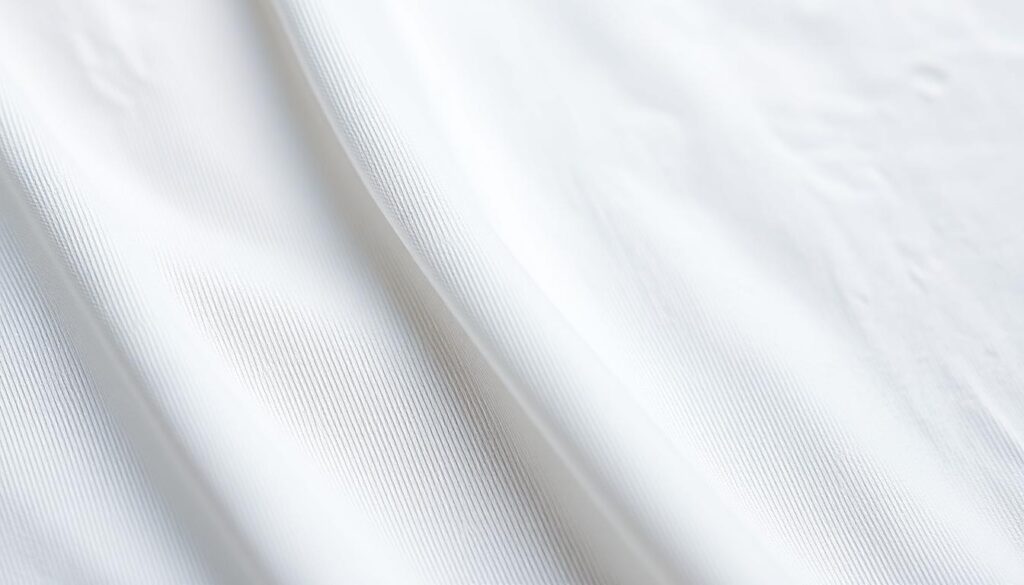
Fabric Choices That Work With Your Body
Natural fibers like cotton let your skin breathe during procedures. This prevents overheating, especially if anxiety raises your body temperature. Loose sleeves in these materials allow quick access while keeping you covered when not needed.
Layering solves temperature fluctuations perfectly. A light cardigan adds warmth in chilly waiting rooms but removes easily when required. Choose stretchable necklines and waistbands—they accommodate movement without restricting circulation.
| Fabric Type | Benefits | Best For |
|---|---|---|
| Cotton | Breathable, hypoallergenic | Short sleeves, loose tops |
| Linen | Lightweight, moisture-wicking | Warmer climates |
| Bamboo | Soft, temperature-regulating | Sensitive skin types |
Casual styles like crew-neck shirts simplify arm access. Avoid synthetic blends that trap heat or irritate skin. Remember: Your comfort directly affects how calmly you handle the process.
These choices show respect for healthcare teams’ workflows while prioritizing your peace of mind. Pair practical fabrics with relaxed fits to create stress-free experiences from check-in to completion.
Choosing Comfort and Accessibility for a Stress-Free Experience
Small details often determine how smoothly medical visits unfold. What you wear—and don’t wear—can transform tension into calm during sample collection. We focus on two often-overlooked elements: accessory choices and adaptable layers.
Minimizing Accessories for Efficiency
Bulky jewelry or tight wristwear slows down procedures. Technicians may ask you to remove bracelets or watches, creating delays. Opt for minimal pieces like stud earrings or thin chains that stay secure throughout the visit.
| Accessory Type | Common Issue | Smart Alternative |
|---|---|---|
| Metal Bracelets | Interferes with arm access | Silicone wristband |
| Large Watches | Blocks vein visibility | Basic fitness tracker |
| Long Necklaces | Risk of tangling | Short pendant chain |
Optimizing the Use of Layers and Cardigans
Clinics often balance AC settings with patient flow. A lightweight cardigan maintains warmth in waiting areas while allowing quick removal when needed. Choose front-opening styles over pullovers for faster adjustments.
Stretchable sleeves simplify arm access without compromising coverage. This approach minimizes discomfort during the procedure while keeping you prepared for temperature shifts. Pair these strategies to create a seamless experience from check-in to completion.
Seasonal Styling for Optimal Comfort
India’s diverse climate demands adaptable outfit strategies for medical visits. Sudden showers or sweltering heat can turn a simple trip into a challenge. Smart seasonal choices maintain your ease while respecting clinic protocols.
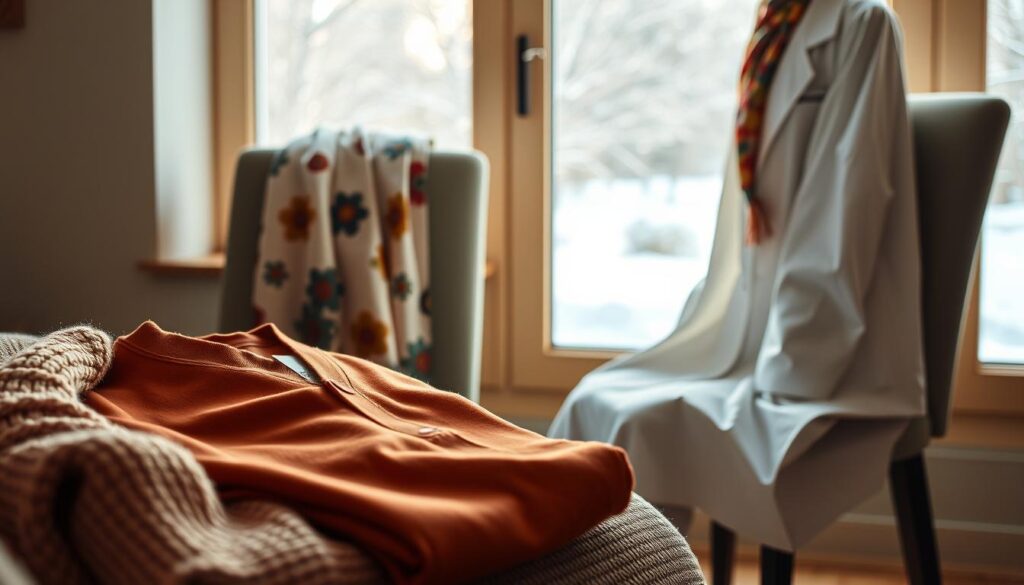
Dressing for Rainy or Chilly Days
Monsoon downpours require quick-dry fabrics like polyester blends. Pair short-sleeve kurtas with water-resistant shawls for clinics with strong AC. Avoid heavy woolens—opt for light layers like thin cardigans that remove easily.
Keep an umbrella handy for sudden showers. Choose footwear that dries fast, like synthetic sandals. This balances weather protection with clinic-appropriate attire.
Lightweight Options for Warm Weather
Cotton remains ideal for summer appointments. Flowy kurtas or loose shirts allow airflow while keeping you presentable. Light-colored fabrics reflect sunlight during travel.
| Season | Focus | Key Items |
|---|---|---|
| Monsoon | Quick drying | Half-sleeve tops, foldable raincoat |
| Winter | Adjustable warmth | Layered cotton shirts, light jacket |
| Summer | Heat management | Breathable linen, loose palazzos |
Time your arrival to avoid peak heat. Clinics often cool interiors, so carry a scarf for temperature shifts. These adjustments make every visit comfortable, whatever the day brings.
Post-Blood Test Attire for Quick Recovery
What you wear after medical procedures matters more than most realize. Proper post-test garments help manage the puncture site while supporting your body’s natural healing process. Simple adjustments in your outfit choice can reduce discomfort and speed up recovery time.
Attire That Facilitates Easy Aftercare
Loose sleeves or stretchable fabrics allow immediate access to the bandaged area. This lets you apply gentle pressure if needed during the first 15 minutes post-test. Wide-necked shirts prevent accidental contact with the sensitive skin around the insertion point.
Soft materials like bamboo or brushed cotton minimize irritation. Avoid rough textures that might rub against the bandage. Layered outfits adapt to temperature changes in clinics while keeping the arm protected.
| Garment Type | Benefit | Ideal Use Case |
|---|---|---|
| Button-Up Shirts | Adjustable sleeve access | Checking bandage tightness |
| Stretchable Tops | Comfort during movement | Returning to daily tasks |
| Lightweight Cardigans | Easy layering | Cool clinic environments |
Keep bandages secure by avoiding tight cuffs or restrictive seams. Most technicians recommend leaving the dressing intact for 4-6 hours unless skin irritation occurs. Smart outfit choices turn recovery into a seamless part of your day.
Conclusion
Smart preparation turns routine medical tasks into effortless moments. By prioritizing ease of access and breathable materials, we create conditions where professionals can work efficiently. Simple choices like loose sleeves or layered pieces reduce procedure time while keeping you at ease.
Pairing these decisions with proper hydration and a calm mindset transforms what many anticipate as stressful into a manageable process. Most find the actual collection takes mere minutes when both patient and provider focus on the task without distractions.
Our guidance demonstrates that minor adjustments in wardrobe selection significantly impact your overall experience. When you feel physically comfortable and mentally prepared, even needle-based procedures become straightforward interactions. Trust that with these strategies, your next visit will reflect how thoughtful preparation fosters confidence and peace of mind.

